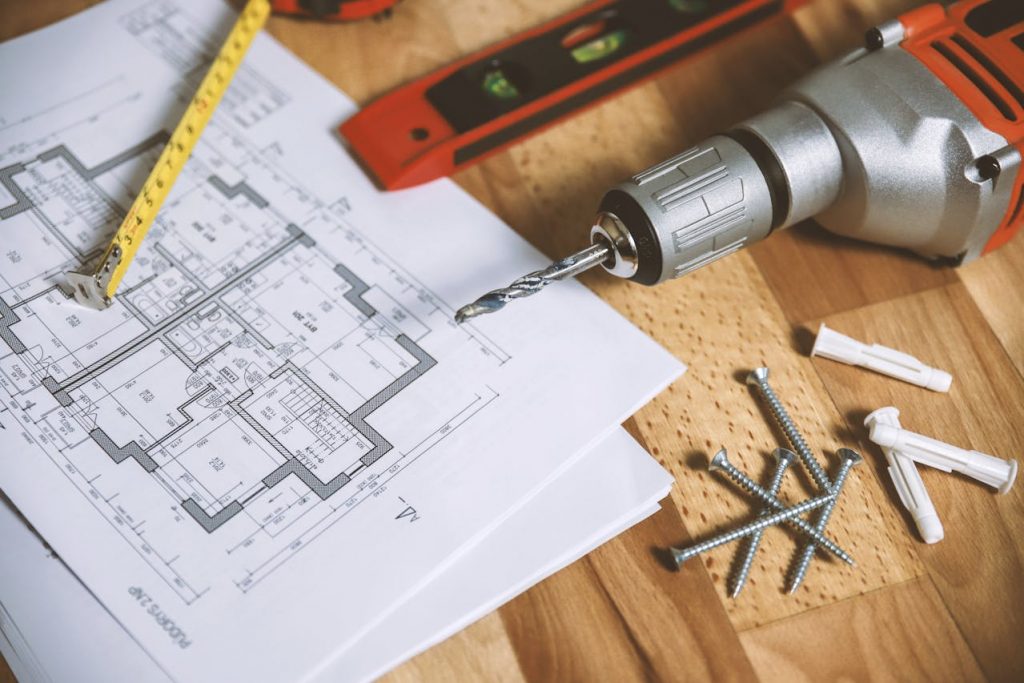- Carefully assess the damage with professionals to understand the extent and plan the rebuilding process accordingly.
- Navigate insurance policies to understand coverage, document damage meticulously, and communicate with your insurer for compensation.
- Plan your budget considering insurance payouts, government aid, and unforeseen expenses, prioritizing spending based on necessity and safety.
- Hire experienced professionals, including architects, contractors, and specialty workers, focusing on disaster-resistant construction for future mitigation.
Experiencing a natural disaster is a profoundly distressing event, often leaving your home damaged or, in severe cases, completely destroyed. Amid the chaos and emotional turmoil, rebuilding can seem impossible. However, with the right approach, reconstructing your home can also be an opportunity for renewal and strength. Here are critical tips for homeowners looking to rebuild after a natural disaster.
Assess the Damage Carefully
Before diving into the rebuilding process, thoroughly assessing your property’s damage is crucial. This step is about understanding the extent of the damage and identifying what can be salvaged. Hire a professional inspector or structural engineer to ensure a thorough evaluation. This assessment will form the foundation of your rebuilding plan, impacting decisions from the design to the materials you’ll choose for reconstruction. Safety is paramount; ensure the structure is safe to enter and reside in.
Understand Your Insurance Coverage
Navigating your insurance policy might be daunting, but understanding your coverage is crucial in the aftermath of a disaster. Contact your insurance company as soon as possible to report the damage and inquire about your policy’s specifics regarding natural disasters.
You may be entitled to compensation for repairs, replacements, and even temporary housing during the rebuilding process. Document all communications with your insurance company and keep detailed records of the damage for claims purposes.
Plan Your Budget Wisely
Rebuilding after a disaster is often more costly than initial construction due to the complexities involved in demolition, debris removal, and working around existing structures. Carefully plan your budget, taking into account the insurance payout, potential government aid, and your personal finances. Be realistic about what you can afford and prioritize spending based on necessity, safety, and comfort. Consider allocating funds for unforeseen expenses that typically arise during construction projects.
Employ the Help of the Right Professionals

The success of your rebuilding effort largely depends on the team of professionals you hire. From architects to contractors, ensuring you work with reputable, experienced professionals will make the process smoother and the outcome more satisfying.
Architects and Design Professionals
Start with an architect or a design professional who has experience with post-disaster reconstruction. They can help you create a new home that meets your needs while adhering to local building codes and regulations, which might have been updated since your original house was built.
General Contractors
Choose a general contractor who has a track record of successfully managing rebuild projects similar to yours. They should be well-versed in the specific challenges that come with rebuilding after a natural disaster, such as dealing with damaged infrastructure and navigating the permit process.
Concrete Construction Professionals
When it comes to laying the foundation and structure of your new home, concrete construction professionals are invaluable. They ensure that your home’s foundation is solid, using materials and techniques that can better withstand future disasters. Look for professionals with specific experience in disaster-resistant construction to enhance your home’s durability.
Specialty Contractors
Depending on the extent of the damage and the design of your new home, you might also need to hire specialty contractors. These could include electricians, plumbers, roofers, and landscape architects. Each plays a crucial role in ensuring the functionality and aesthetics of your home.
Consider Future Disaster Mitigation
As you plan your rebuild, it’s wise to consider features and improvements that can reduce the impact of future natural disasters. A few examples of these features include the following three:
Elevating Your Home
Consider elevating your home to mitigate the risk of flooding, especially if you’re in a flood-prone area. This can prevent future water damage and lower insurance premiums.
Fire-Resistant Materials
Use fire-resistant materials in your rebuilding efforts to protect against wildfires. This includes non-combustible roofing, siding, and decking materials that can offer greater protection.
Strengthening Windows and Doors

Upgrade to stronger windows and doors that can withstand high winds and flying debris. Impact-resistant windows and reinforced doors can significantly increase your home’s resilience to storms.
You can discuss these options with your architect and contractors to create a safer, more resilient home.
Rebuilding your home after a natural disaster is undoubtedly challenging, but it’s also an opportunity to construct a stronger, more secure, and more comfortable living space. By following these tips and approaching the process with patience and determination, you can navigate the rebuilding journey with confidence, knowing that you’re laying the foundation for a brighter, more resilient future.

